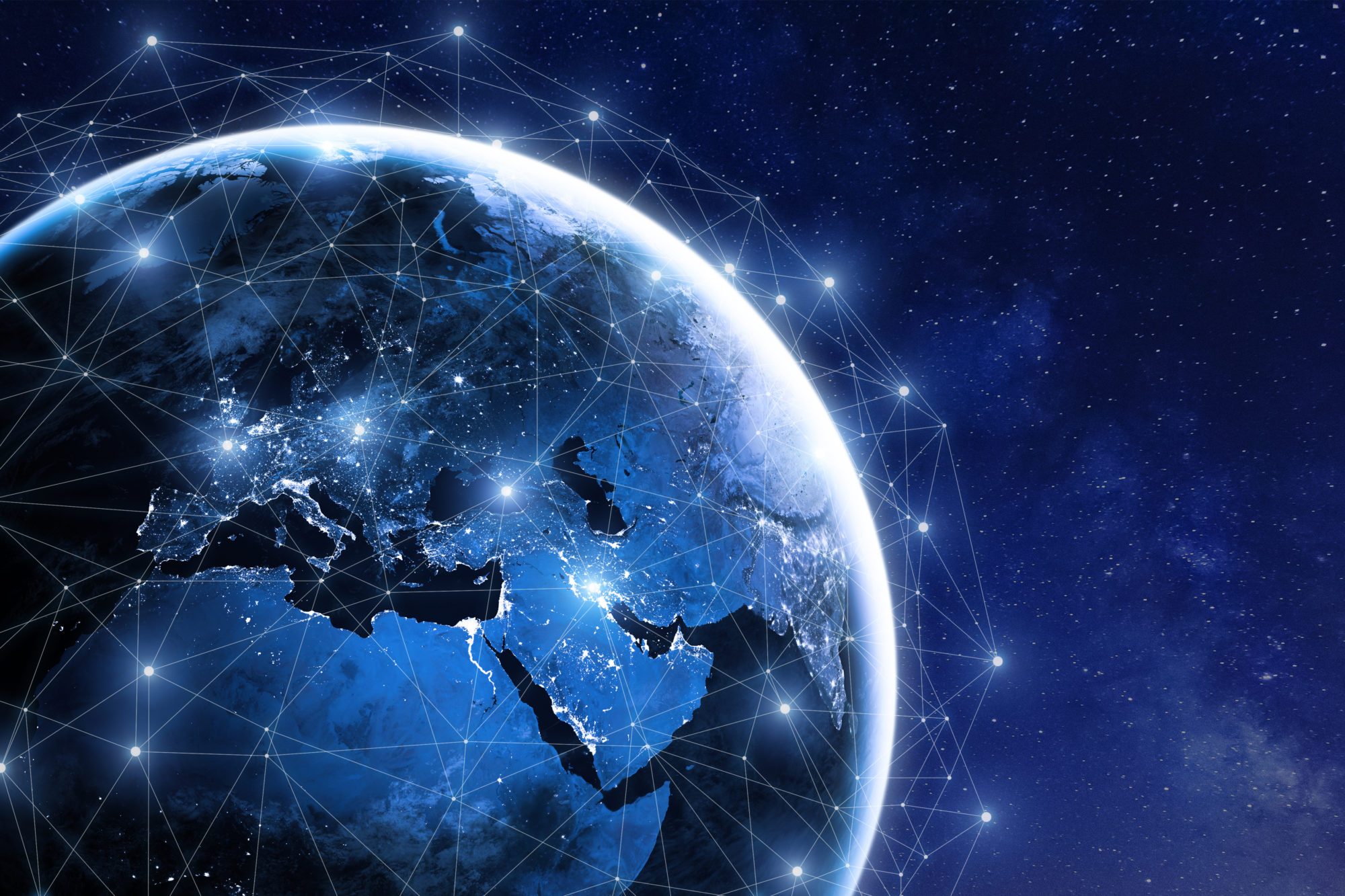When devising a monitoring network architecture, two-way communication is revealing a new host of compelling use cases that were previously less known. For those looking to get a better grasp of this topic, this infographic delves into how hydrology experts can reap the benefits of bidirectional connectivity for telemetered sensors while clearing major concerns around it.
Our experts are happy to answer your questions – contact us for more information.



